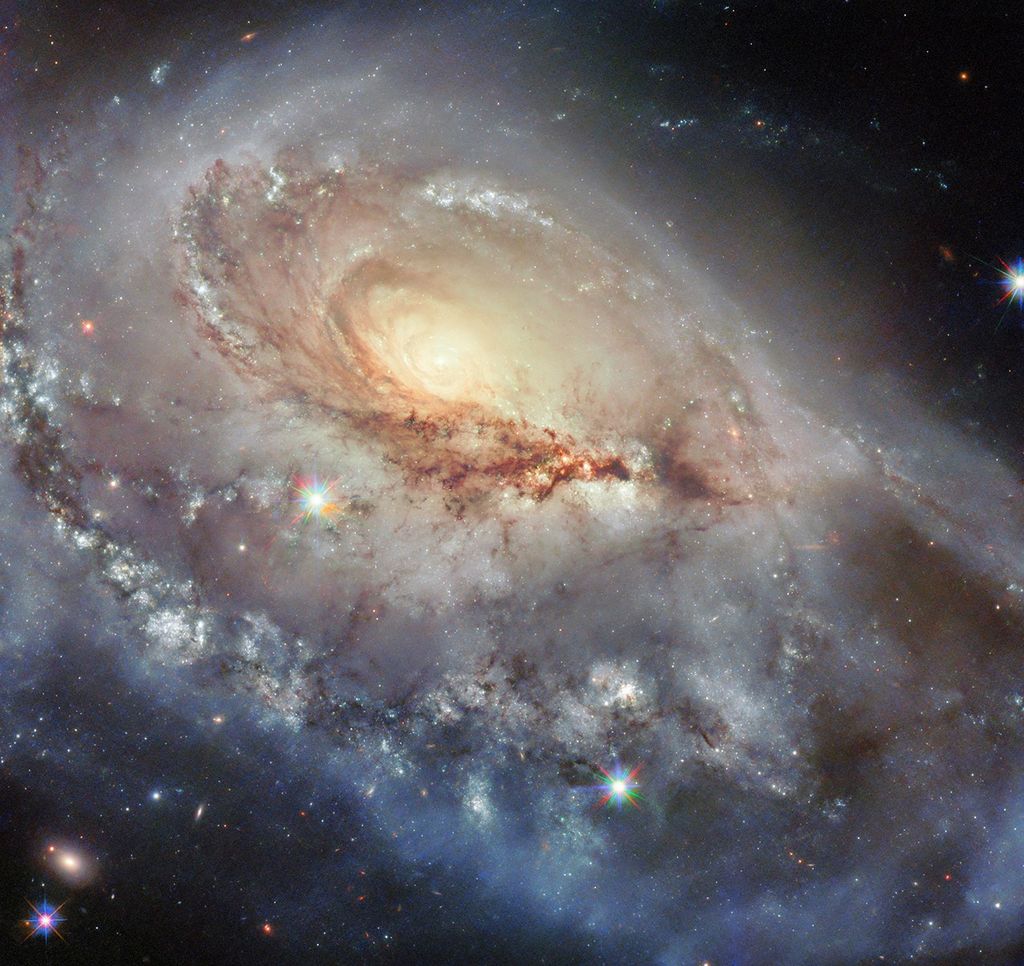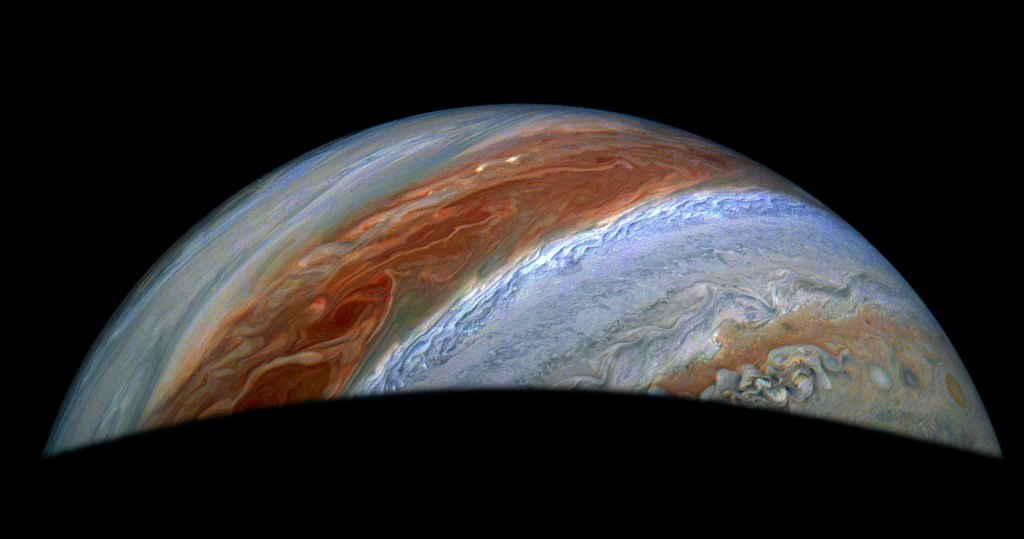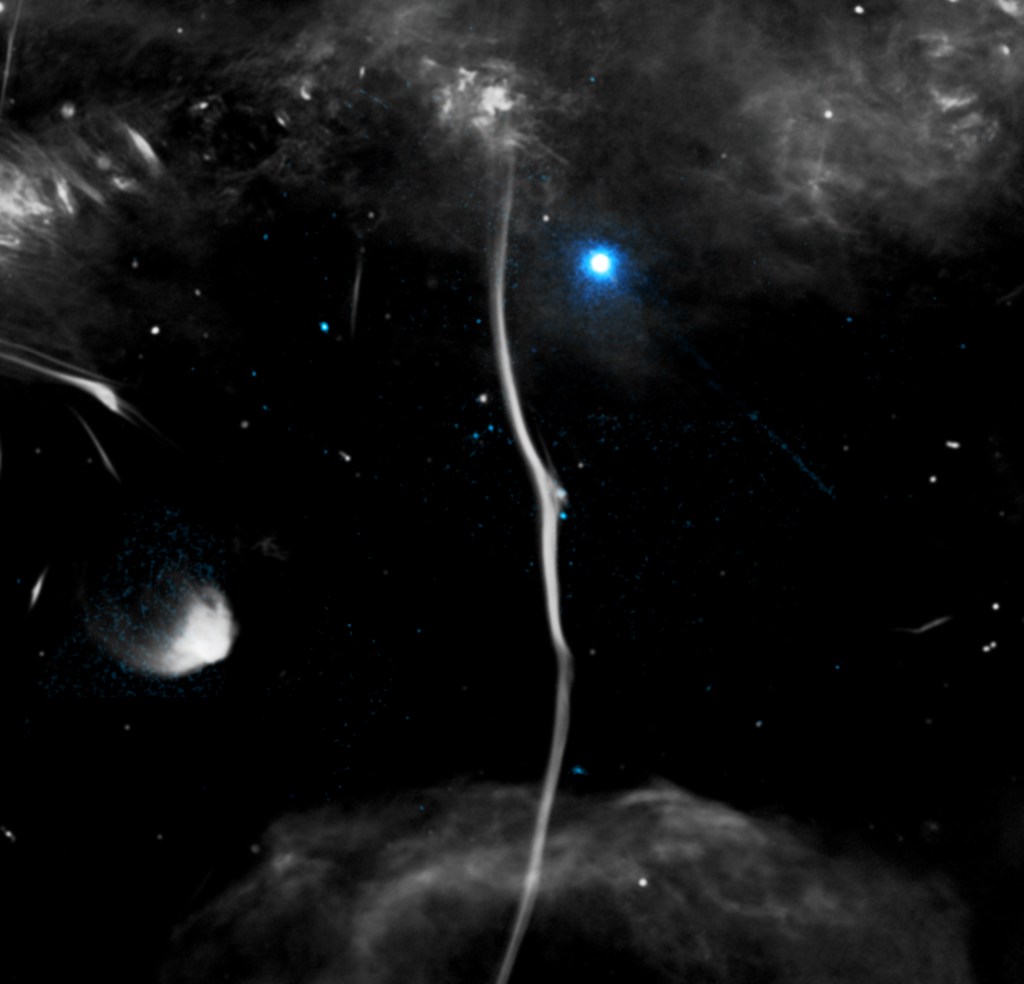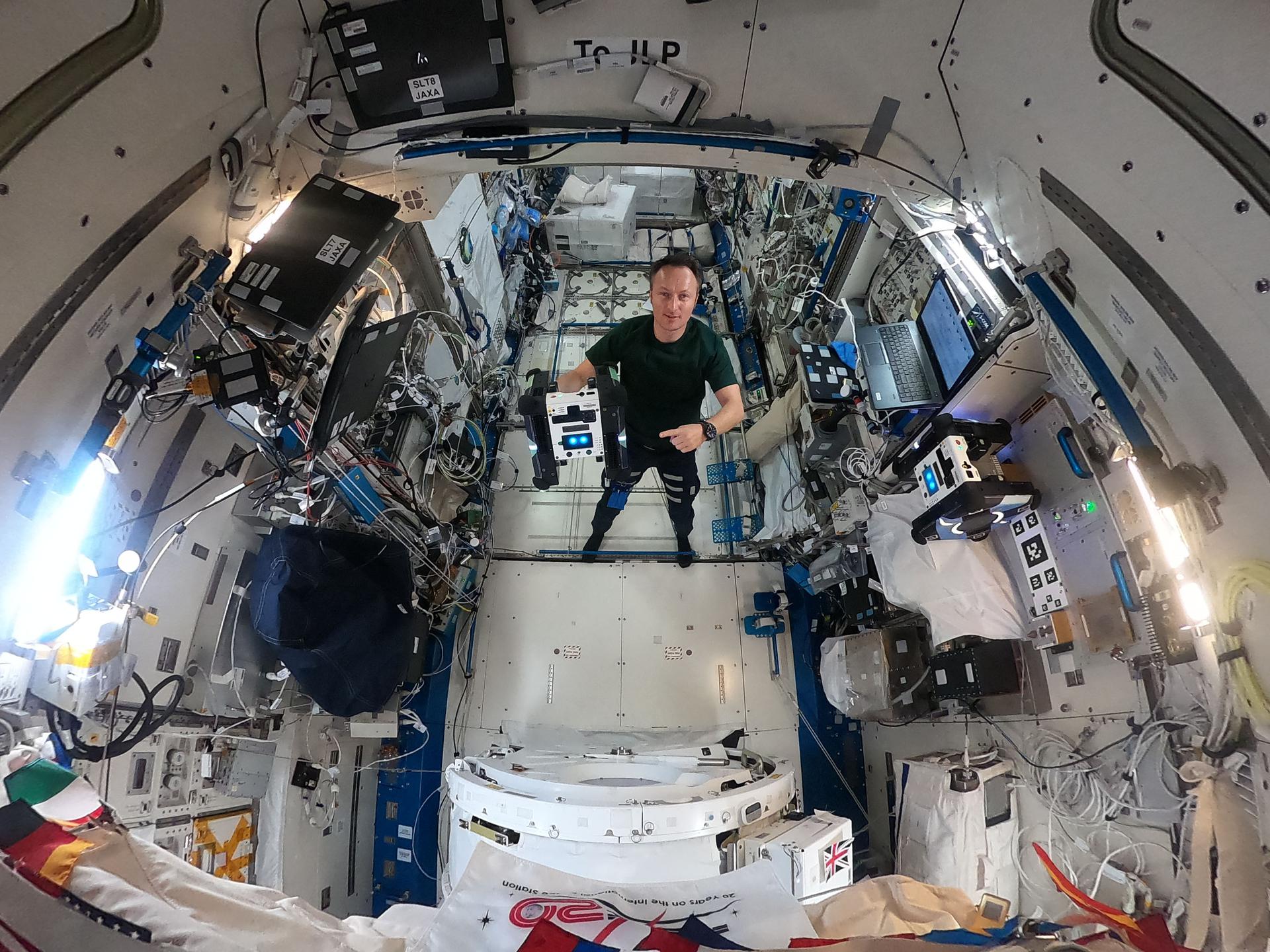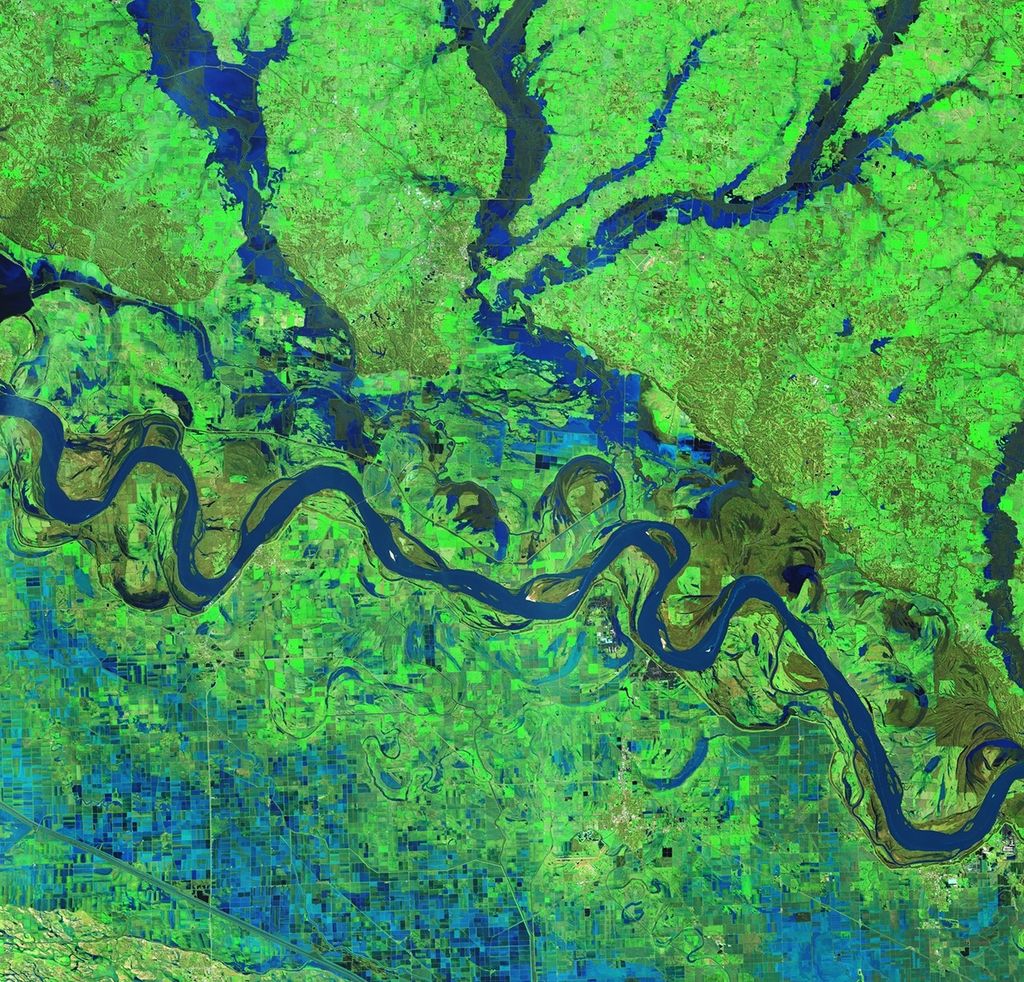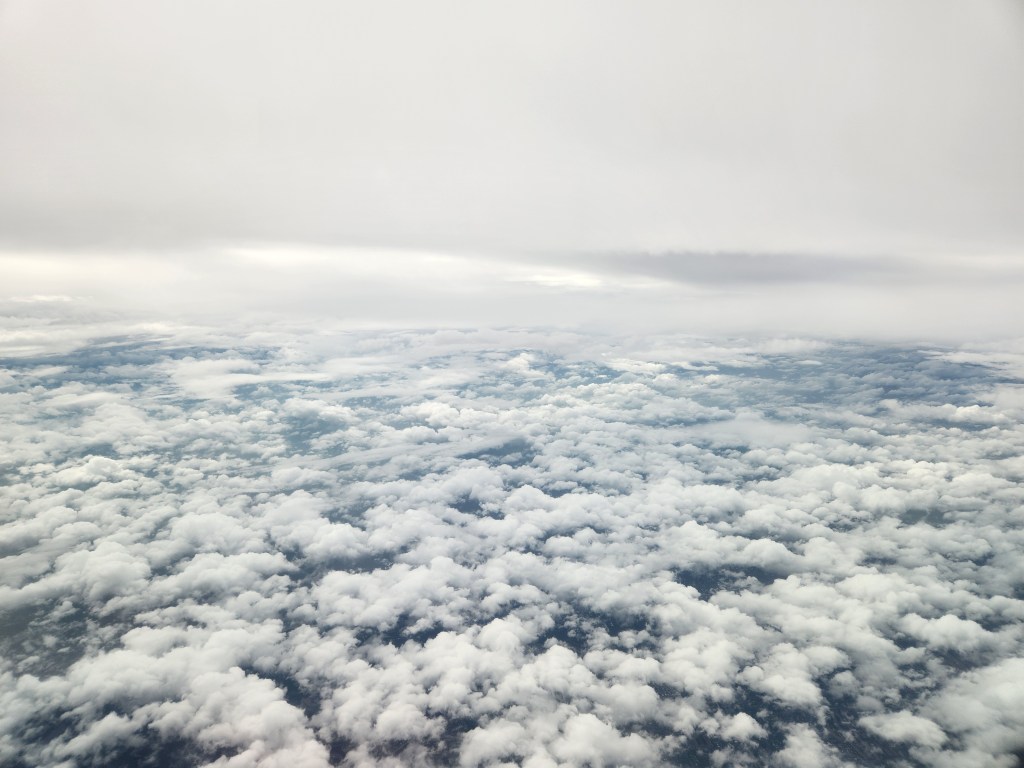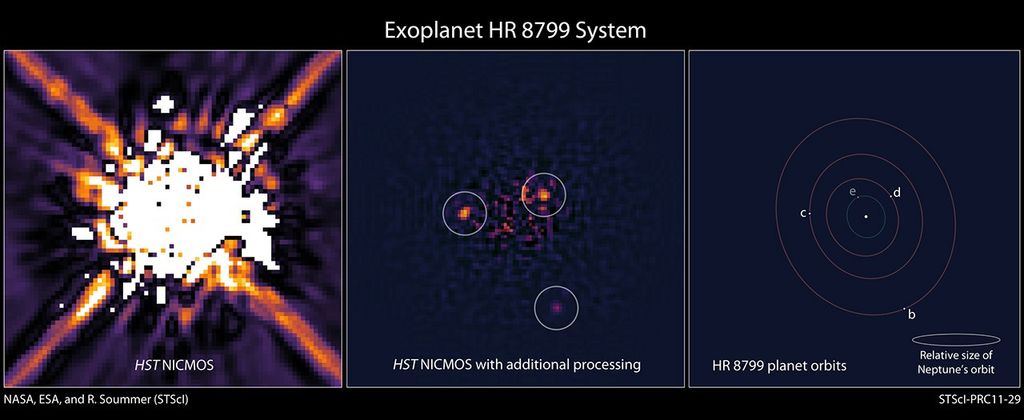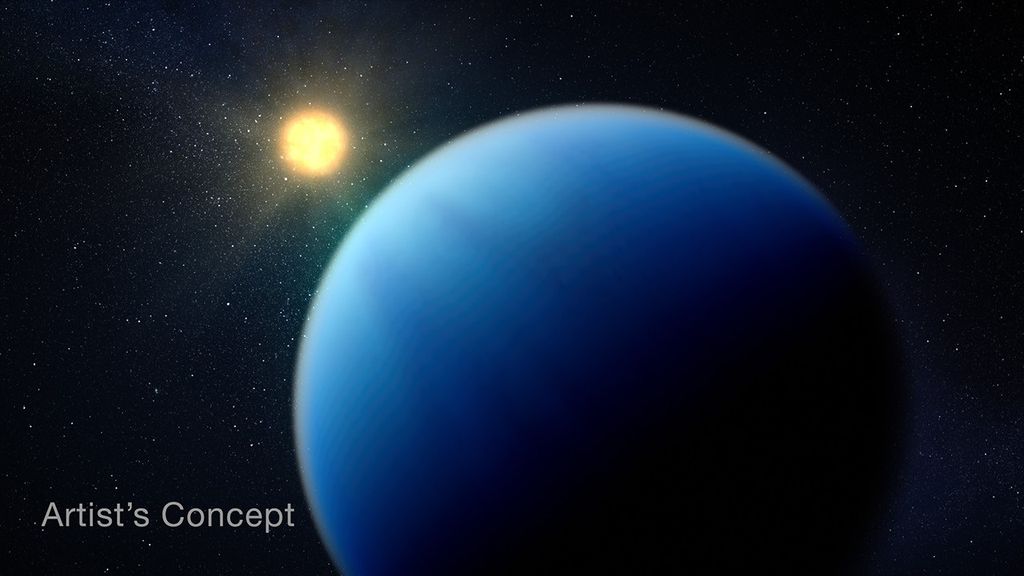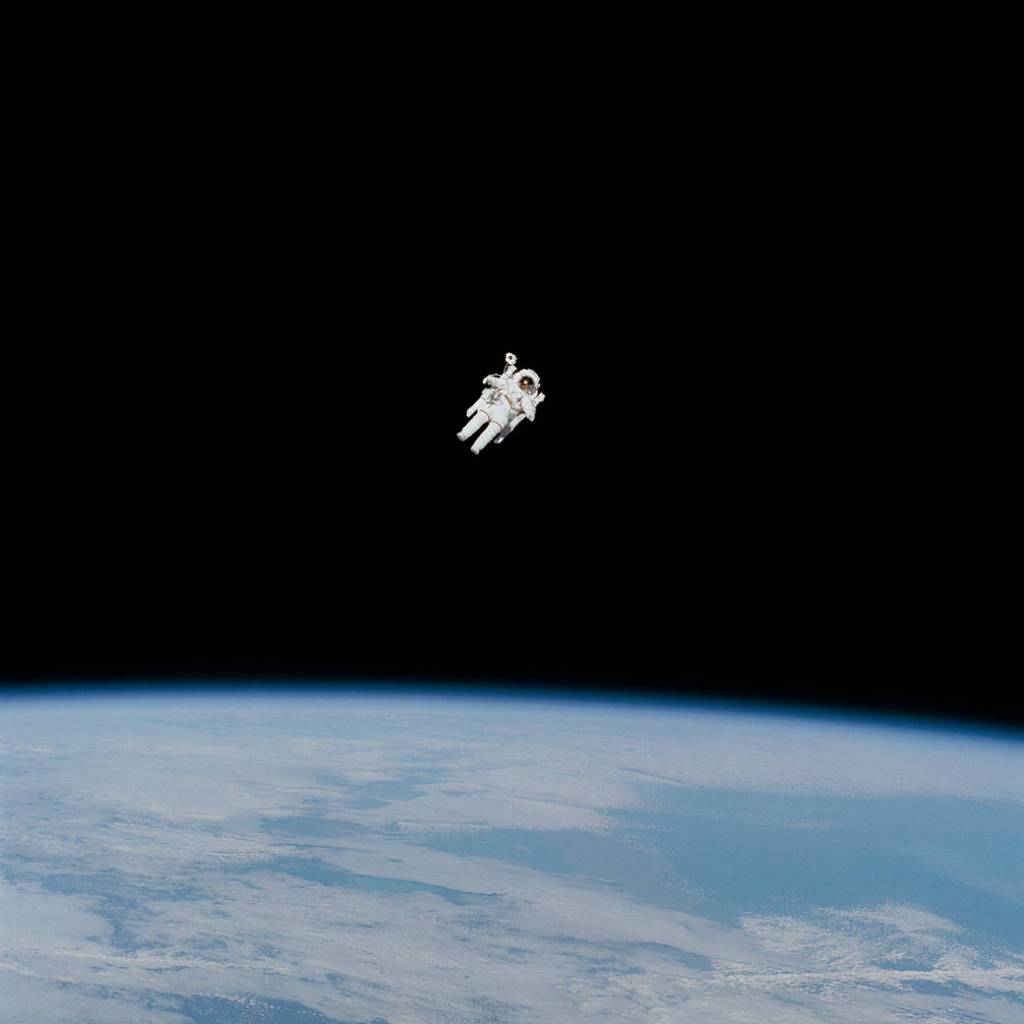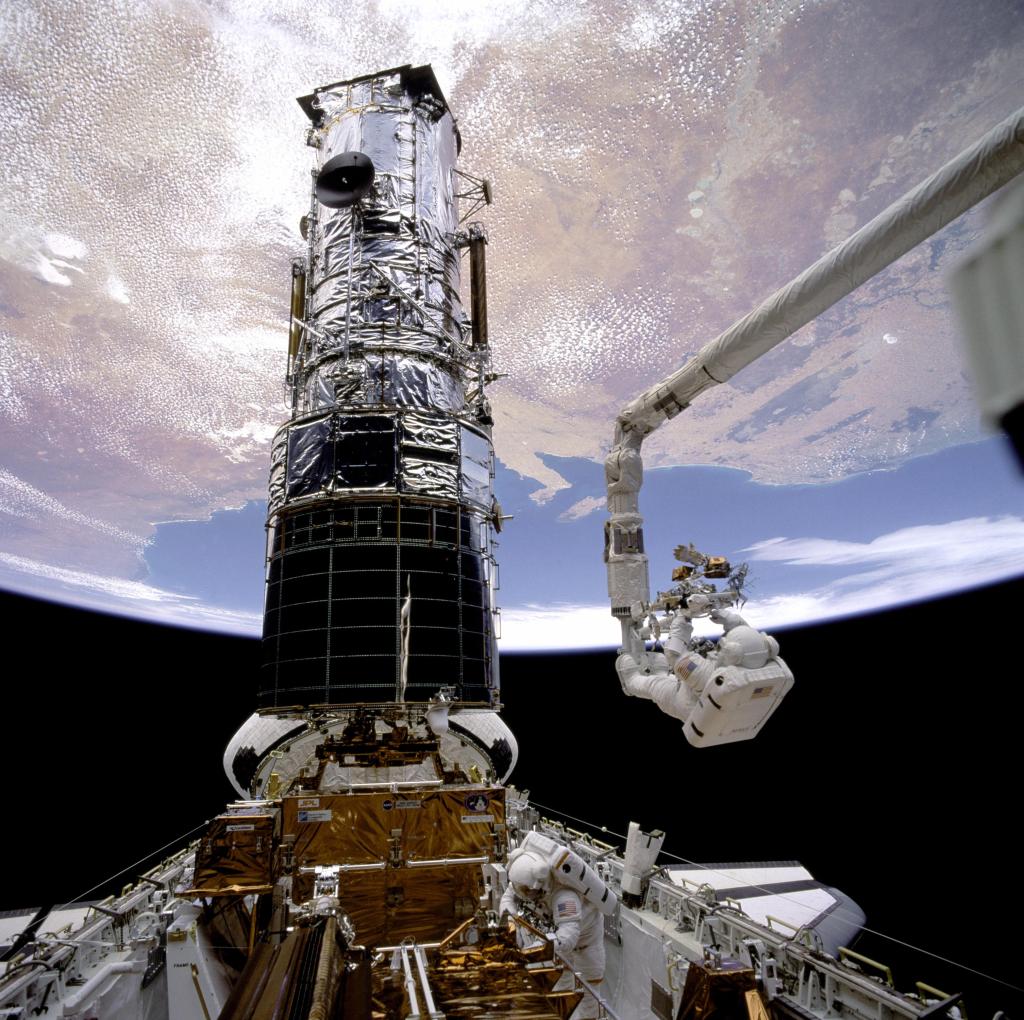Several other worlds in the solar system are thought to have liquid water oceans beneath their frozen surfaces, but none give away free samples like Enceladus.
Jupiter’s moon Europa and several other worlds in the solar system are thought to have liquid water oceans beneath their frozen surfaces. But Saturn’s miniscule moon Enceladus, one of these worlds, offers scientists something unique.
“It’s got a sign saying ‘free samples if you want to look for life,’” said Morgan Cable, an ocean worlds research scientist at NASA’s Jet Propulsion Laboratory. “You don’t have to dig. You don’t have to drill.”
You don’t even have to land.
From a global ocean below the surface of Enceladus, water constantly blasts at 800 miles per hour (about 1,300 kilometers per hour) through cracks in the moon’s surface, sending samples of the ocean hundreds of miles into space where the Cassini orbiter has sampled them.
In the plume Cassini scientists found not just water but salts, ammonia, methane, nanograins of silica and other materials, none of which scientists would have known about if it weren’t being ejected out to where Cassini can reach it.
Cassini has flown through the Enceladus plume several times, sampling the material with its two mass spectrometers — the Cosmic Dust Analyzer (which measures dust grains) and the Ion and Neutral Mass Spectrometer (which measures gases) — and other instruments. Cassini has also analyzed particles in Saturn’s E ring, which is composed almost exclusively of tiny water ice grains sprayed out of the active ocean world.
With the right instruments, Cassini scientists could even determine if the grains contained evidence of life, if they had known before launch that Enceladus had an ocean, or jets providing easily accessible samples of that ocean. But the two mass spectrometers were not designed to sample the Enceladus plume.
“We didn’t know about the Enceladus plume when Cassini launched,” said Linda Spilker, Cassini project scientist at JPL. “So we didn’t carry instruments to detect definitive evidence of life, such as fatty acids, in the plume.”
Cassini’s instruments generally can tell scientists what elements are in a dust particle, but the instruments have limits. For example, two nitrogen atoms combined have an atomic mass of about 28, but the atomic masses of a carbon atom and an oxygen atom are about 12 and 16, respectively, giving carbon monoxide (CO) an atomic mass of 28. So Cassini’s mass spectrometers can’t tell the difference between N2 and CO. But mass spectrometers more advanced than Cassini’s could. They could even see the difference between two molecules of carbon monoxide, each with a different carbon isotope.
“Eventually we would like to go back with more sensitive and better resolution mass spectrometers, things that can tell the difference between molecules that are the same mass but composed of different things, like N2 and CO,” Cable said.

